The aviation world has experienced a strong rebound, and the top 10 busiest airports in 2025 reflect that vibrant shift in the trajectory of global travel. Ranked by monthly seat capacity, these airports are hubs of domestic and international traffic, servicing millions of passengers every month. the The recent air traffic data show a renewed balance between North American dominance, Asian recovery, and Middle Eastern expansion.
As travel bounces back from COVID and geopolitics shift, airports are not just bouncing back passenger volumes but resetting their global importance as well. Some have maintained dominance through resilient local demand, while others like Istanbul have climbed the ranks thanks to strategic growth and network building.
In this article, we take a close look at the Top 10 Busiest Airports in 2025 and why they’re crucial to today’s air transport ecosystem.
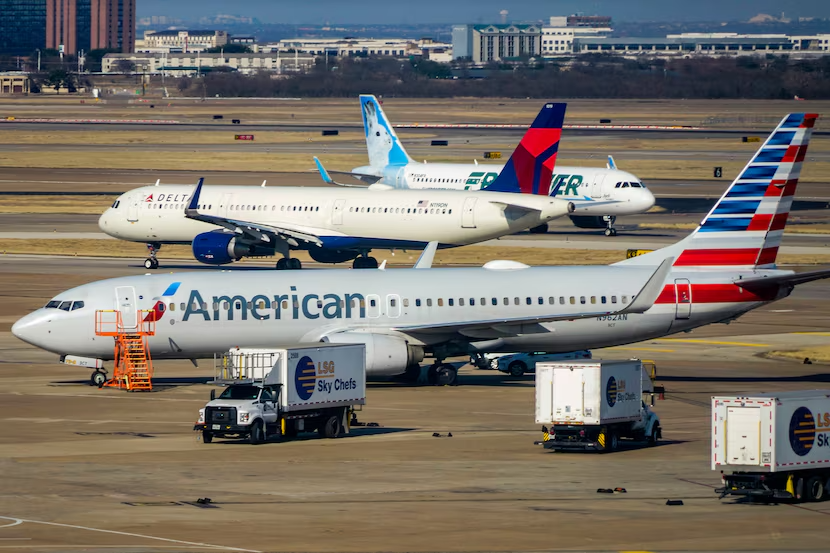
1. Atlanta Hartsfield-Jackson International Airport (ATL)
Remaining at the top position, Atlanta (ATL) remains the world’s busiest airport with an average of 5.43 million monthly seats in 2025. Located strategically in the south of the United States, ATL serves as a mega-hub for Delta Air Lines (DL), facilitating hundreds of connections daily.
“Our domestic network continues to be the backbone of Delta’s operation,” said Delta CEO Ed Bastian earlier this year. “Atlanta is our most critical hub, and its strength reflects the scale of U.S. travel.”
Why ATL Leads?
- 80%+ domestic capacity, ensuring volume irrespective of international route volatility.
- Six parallel runways allowing massive throughput.
- Hub-and-spoke design facilitates enormous passenger interchange.
Atlanta also has fewer weather disruptions and high-density regional feed into larger transcontinental flows. Its supremacy seems invincible, at least for the time being.
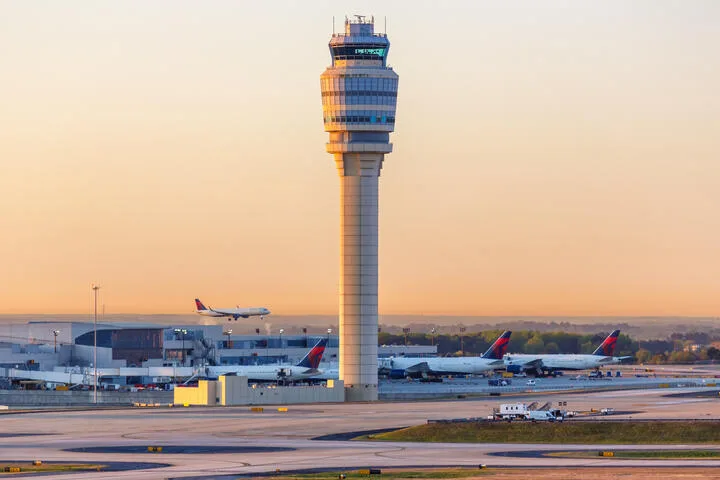
2. Dubai International Airport (DXB)
Dubai International (DXB) secures second place with 5.35 million monthly seats, solidifying its place as the busiest international airport. With its geographical location between Europe, Asia, and Africa, Dubai continues to be a key interconnector for long-haul travelers.
The majority of DXB’s growth is driven by Emirates (EK), which operates one of the world’s largest widebody fleets.
Why DXB Keeps Going Strong?
- Transit traffic dominates, especially for travelers between Europe and Asia.
- The revival of international tourism has spurred renewed demand.
- Government investment ensures world-class infrastructure.
Moreover, DXB’s capacity increased 3% year-over-year, and analysts forecast further growth in winter schedules, notably to India, China, and Southeast Asia.

3. Tokyo Haneda Airport (HND)
Ranking third is Tokyo Haneda (HND) with 4.83 million seats. HND is Japan’s major domestic and international entry point, offering convenient connections to the urban center of Tokyo and serving major carriers like ANA and Japan Airlines.
Key Strengths:
- Located centrally, unlike Narita (NRT), which is further from the city.
- High-frequency domestic routes and growing international return.
- Supported by stable economic recovery in Japan and regional demand.
HND’s slot capacity is dealt with judiciously, but continued growth in upscale markets and increasing inbound travel is helping sustain its rank in the world’s Top 10 Busiest Airports.

4. Istanbul Airport (IST)
Istanbul Airport (IST) climbs to fourth at 4.76 million monthly seats in 2025. It is the fastest-growing airport in the top 10 at 7% year-over-year growth. IST opened in 2019 and has quickly become a major hub between Asia, Europe, and the Middle East.
“Istanbul’s unique geographical position and Turkish Airlines’ rapid expansion make IST a rising global powerhouse,” said aviation analyst Emre Karaca.
Growth Drivers:
- Increasing demand from Africa and South Asia.
- Turkish Airlines connects over 120 countries from IST.
- New terminal and runway infrastructure enable massive growth.
Expect Istanbul to be one of the strong challengers for the top three slots over the next few years, especially if its hub carrier continues expanding its network and fleet.
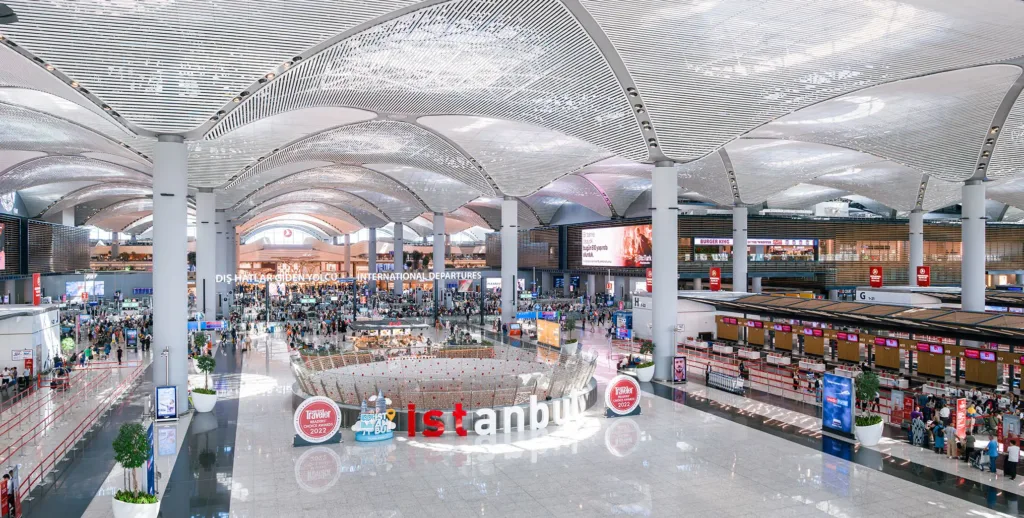
5. Chicago O’Hare International Airport (ORD)
Offering an average of 4.66 million monthly seats, Chicago O’Hare (ORD) ranks fifth, up from seventh position last year. A key transatlantic and domestic U.S. hub for both United and American Airlines, ORD plays a vital role in transatlantic and domestic U.S. travel.
ORD’s Comeback:
- Strong demand for both domestic and Europe-bound flights.
- Terminal upgrades have improved capacity and efficiency.
- Airline scheduling is optimized to maximize aircraft utilization.
Additionally, its geographical central location in the U.S. facilitates straightforward coast-to-coast routing, keeping ORD competitive in the face of slot constraints and weather issues.
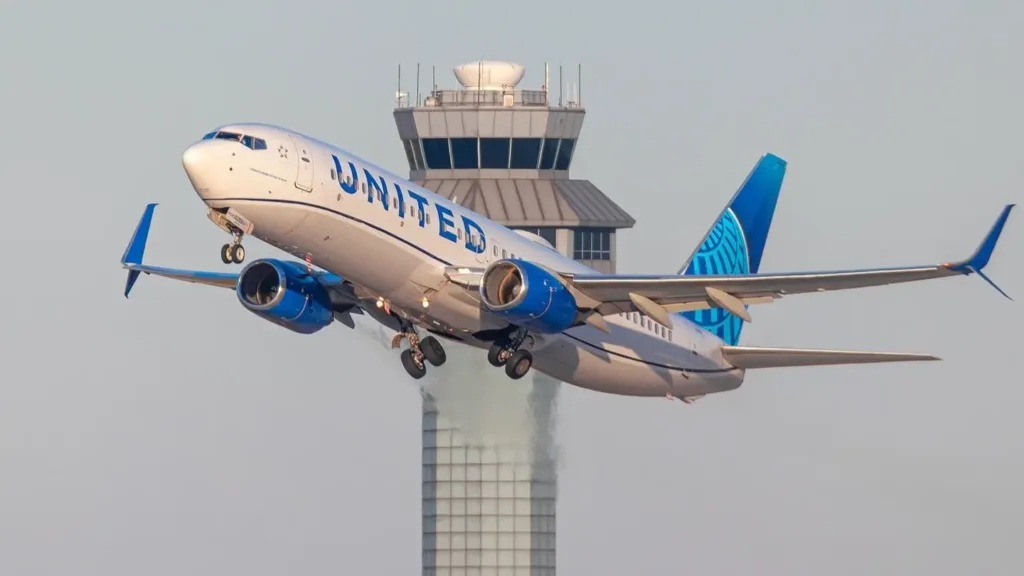
6. London Heathrow Airport (LHR)
London Heathrow (LHR) ranks sixth with 4.53 million monthly seats, two places behind 2024 rankings. Despite being Europe’s busiest airport for decades, Heathrow faces capacity constraints and heavy reliance on long-haul traffic.
LHR Overview:
- Focused heavily on transatlantic and international flights.
- British Airways and Virgin Atlantic dominate long-haul operations.
- Slot constraints and expansion delays limit further growth.
Despite this, Heathrow is a significant contributor to the Top 10 Busiest Airports, especially with U.K. and EU travel returning to normal and the U.S. market holding firm.
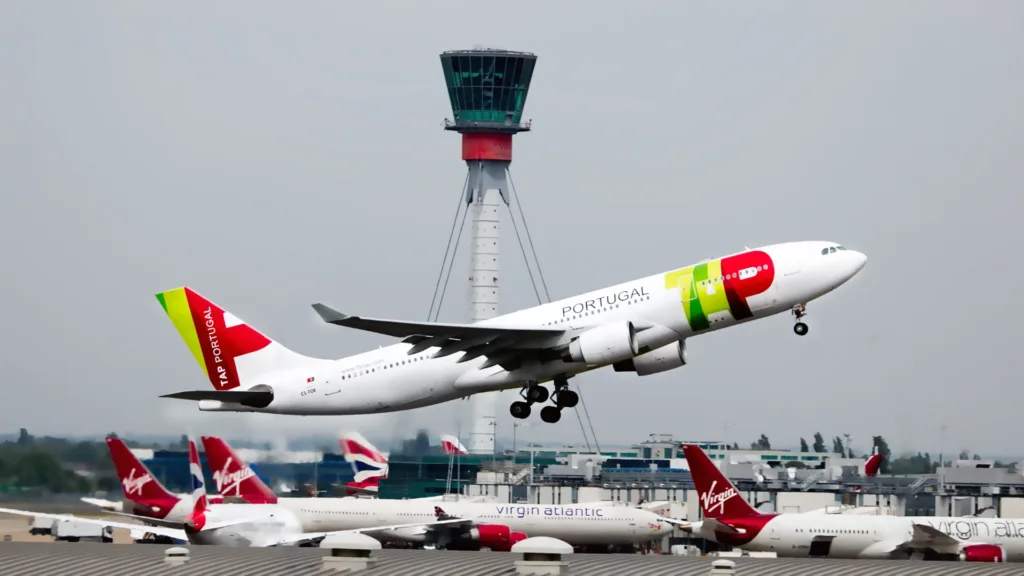
7. Shanghai Pudong International Airport (PVG)
Shanghai Pudong (PVG) rises to seventh place in 2025 with an average of 4.52 million monthly seats, following China’s full reopening and resumed long-haul international services.
Why PVG is Crucial?
- Major gateway for China Eastern Airlines.
- Increasing outbound demand from China’s growing middle class.
- Strong cargo infrastructure supports dual-use operations.
While capacity remains lower than 2019 levels, the trend of recovery positions PVG squarely as one of Asia’s top global gateways.

8. Guangzhou Baiyun International Airport (CAN)
Ranking eighth is Guangzhou Baiyun (CAN), which also reflects China’s aviation recovery with 4.39 million monthly seats. Located in southern China, CAN serves as the primary base for China Southern Airlines.
Strengths of CAN:
- Dense domestic network across Southern China.
- International recovery focused on Southeast Asia, Australia, and Europe.
- Upgrades to terminals and runways to support growth.
Even though, CAN is taking longer to recover from the trough compared to Beijing and Shanghai, CAN is still a cornerstone of Chinese aviation.

9. Denver International Airport (DEN)
Denver (DEN) ranks ninth at 4.39 million seats, not far behind CAN. A weather-resistant high-altitude base in the U.S. Rockies, DEN is well-suited to efficiency.
Why DEN Holds Strong?
- Crucial hub for United and Southwest Airlines.
- Strong domestic connectivity across the western U.S.
- Growing regional business and tourism sectors.
While international service is limited, DEN’s strength lies in point-to-point domestic traffic and rapid local population growth, which supports demand.
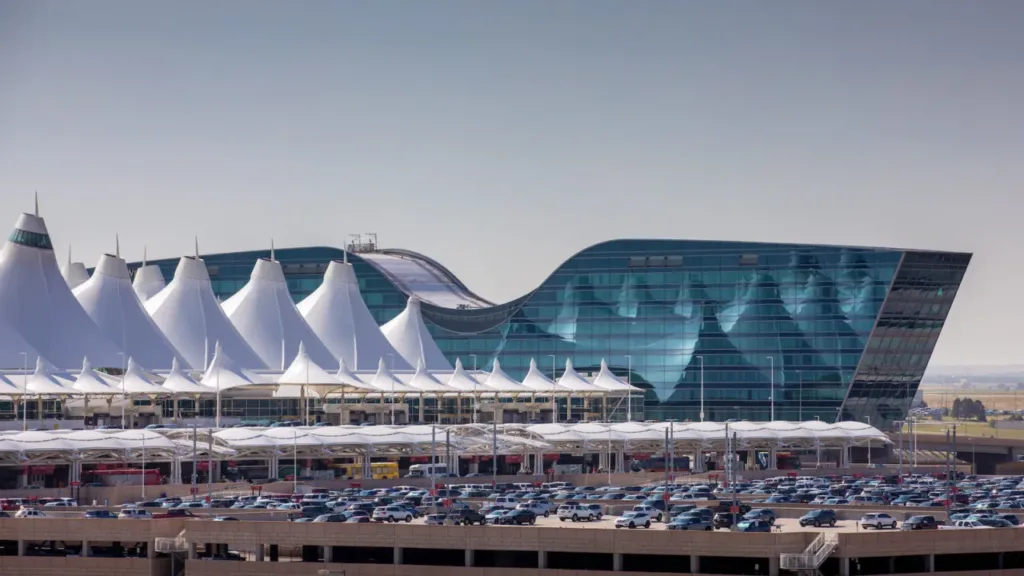
10. Dallas/Fort Worth International Airport (DFW)
Dallas/Fort Worth (DFW) completes the Top 10 Busiest Airports with an average of 4.37 million monthly seats. However, this represents a 4% drop in capacity, the largest decline among the top 10.
What’s Behind the Dip?
- American Airlines (DFW’s primary carrier) has realigned schedules.
- Some long-haul routes were seasonally adjusted or paused.
- Increased competition from other hubs like Denver and Chicago.
Despite the dip, DFW’s infrastructure and role in the U.S. domestic network keep it firmly in the top 10 for now.

Global Trends from the 2025 Rankings
The Top 10 Busiest Airports reflect larger shifts across the aviation industry in 2025. Here are the key trends:
Domestic Travel is Still King
Airports like ATL, DEN, and ORD owe top positions, thanks to their extensive domestic networks, especially in the US, with high demand and high-frequency operations being the norm.
Asia-Pacific is Rising Again
Shanghai, Guangzhou, and Tokyo are a clear indication that Asia-Pacific is back in business. With Chinese international demand coming back on track and Japan’s travel steadying, these airports are once again assuming global importance.
Hub Strategy Matters
Airports with major hub carriers (ATL with Delta, DXB with Emirates, IST with Turkish Airlines) have performed better than other large airports lacking coordinated airline strategy. Network size, connectivity, and successful operations are proving to be the differentiators.
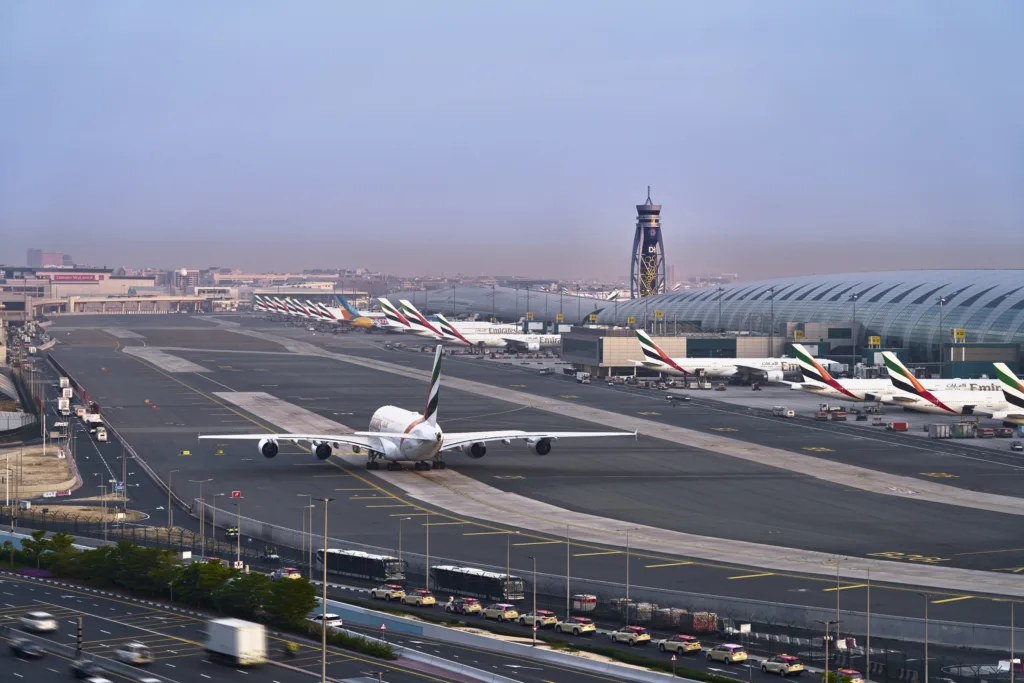
Editor’s Take: Busiest Airports in 2025
The Top 10 Busiest Airports in 2025 tells a story of resilience and change. Atlanta and Dubai hold their top spots, but Istanbul’s ascension and China’s return are challenging the global airport pecking order. Some airports are growing through capacity, others through network strategy, and some are simply surviving market cycles better.
Moreover, the busiest airports in the future will be those which can adjust to changing patterns of demand, acquire airline partnerships, and expand in a sustainable manner. Whether Istanbul builds connections to Africa or Tokyo exploits its strength at home, the competition for the best and busiest will constantly change.
Please join our Telegram Channel for the latest aviation updates.


1 Comment
Pingback: Top 10 Oldest Airports in the World - Aero World